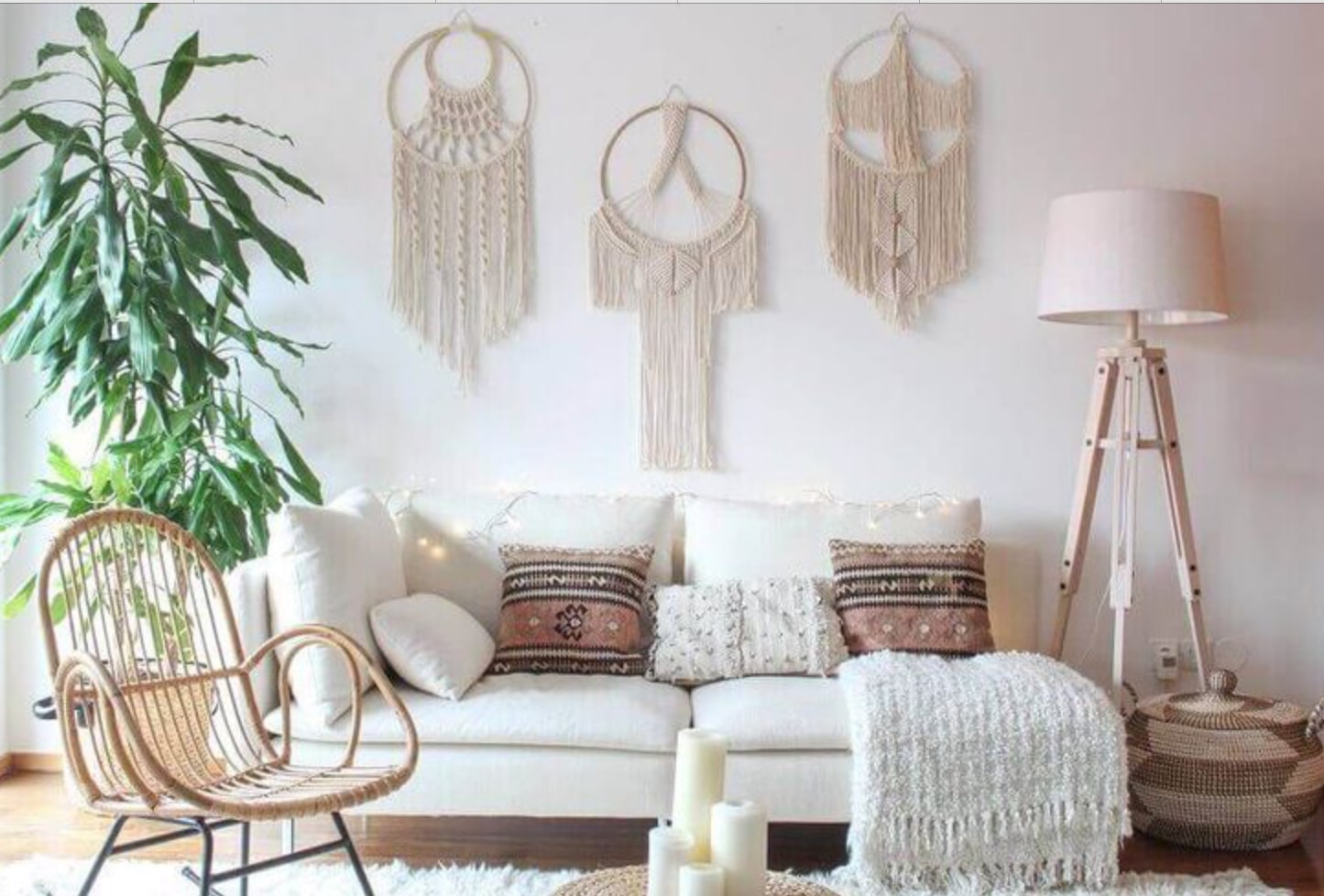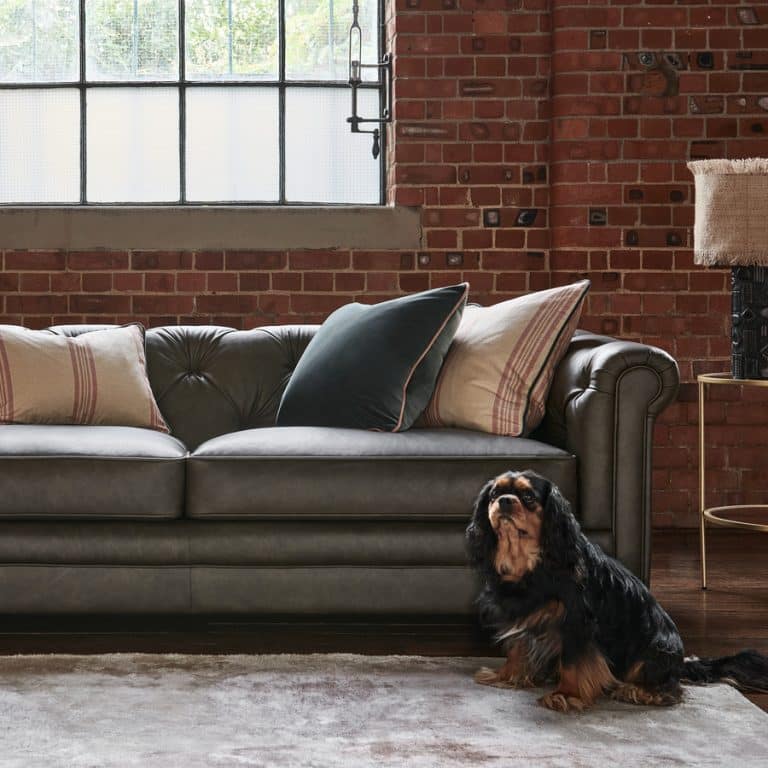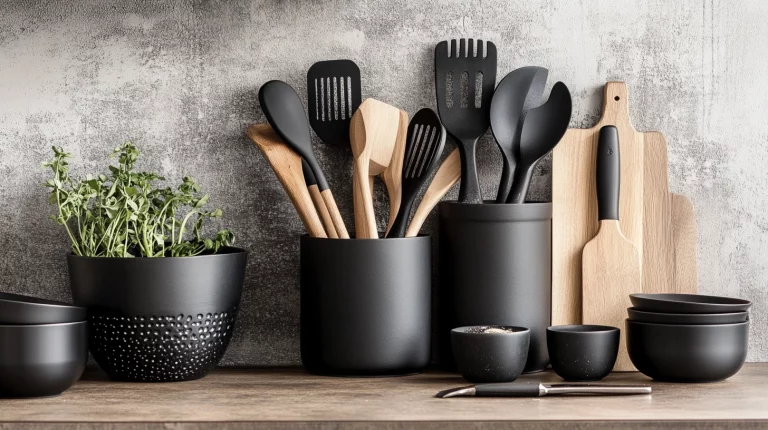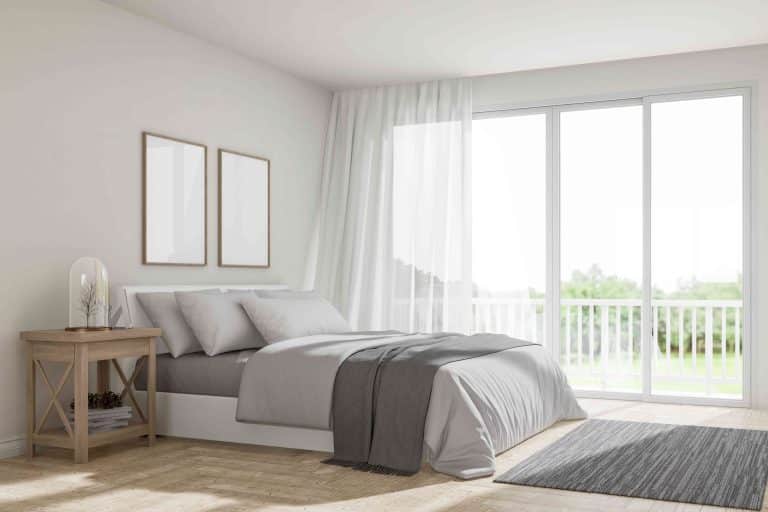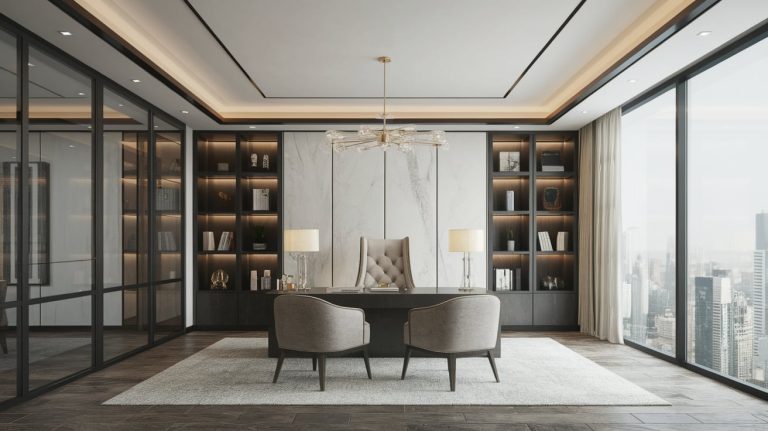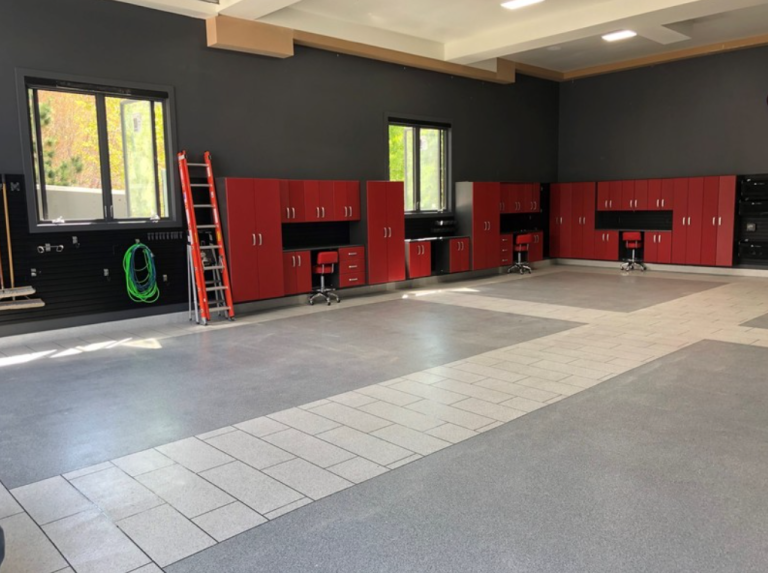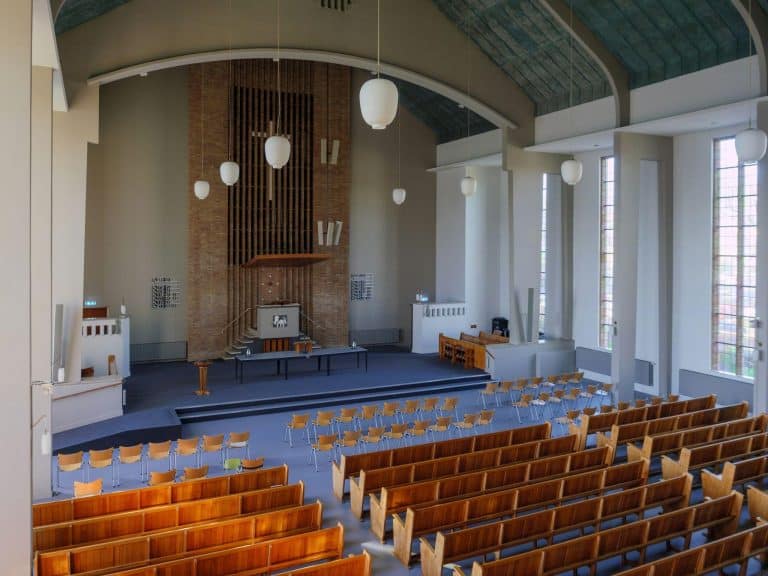Exploring the Most Popular Interior Design Styles: A Guide to Creating Your Dream Space
Interior design is an art form that transforms a house into a home. The design choices you make reflect your personality, style, and how you wish to experience your living space.
In today’s fast-paced world, it’s easier than ever to explore different interior design styles that can elevate the look and feel of your home.
Whether you’re into boho decor, farmhouse style homes interior, or bohemian style interior design, there’s something for every taste.
And just like picking the right design, sometimes even your entertainment choices need to be just as engaging.
After a day spent curating your dream space, why not unwind with some thrilling fun on Golden Bet? Let’s dive into the most popular interior design styles to help you find the one that suits your taste and lifestyle.
1. Boho Decor: Embrace the Free-Spirited Vibe
Boho decor, or Bohemian style, is a perfect choice for those who want to create a relaxed, eclectic, and artistic space. The essence of boho design lies in its freedom—there are no strict rules or boundaries. This style is all about mixing colors, textures, and patterns in a way that feels comfortable and spontaneous.
Boho decor is heavily inspired by various cultures, so you can expect to see rich textiles, natural materials, and vintage finds. Think of cozy rugs, floor cushions, layered fabrics, and plenty of plants. Earthy tones such as browns, greens, and oranges dominate, but you can also incorporate pops of vibrant colors like turquoise and fuchsia to add excitement.
This style is perfect for anyone who enjoys creativity and individuality. It’s ideal for a bedroom, living room, or even a boho-inspired kitchen. To make the most of this look, focus on mixing textures and layering various design elements like woven baskets, distressed wood furniture, and unique artworks. The beauty of boho decor is that you can blend modern items with vintage treasures to craft a space that’s uniquely yours.
2. Farmhouse Homes Interior: Rustic Charm with a Modern Twist
Farmhouse style homes interior design is known for its warmth, charm, and practicality. Originating from rural farmhouses, this style combines rustic elements with modern conveniences, resulting in a comfortable and inviting atmosphere. The farmhouse style emphasizes simplicity, functionality, and a connection to nature.
At the heart of this design is the use of natural materials such as wood, stone, and metal. Exposed wooden beams, shiplap walls, and distressed furniture are all hallmarks of farmhouse style. Color schemes are often neutral, with shades of white, gray, beige, and soft blues taking center stage. This neutral palette creates a serene, welcoming environment that feels timeless.
Farmhouse interiors are often adorned with vintage-inspired decor, such as antique signs, mason jars, and farmhouse sinks. A modern twist can be added by incorporating sleek appliances, minimalist furniture, or contemporary lighting fixtures. The blend of old and new creates a balance of coziness and sophistication, making it a perfect choice for those who love rustic aesthetics but don’t want to compromise on modern comforts.
3. Bohemian Interior Design: A Fusion of Culture and Nature
Bohemian style interior design is all about embracing a laid-back lifestyle, celebrating freedom, and mixing various cultural influences. It’s similar to boho decor, but bohemian style is more specific in its emphasis on free-spirited, artistic, and nature-inspired elements. This style often features a combination of vibrant colors, intricate patterns, and unconventional furniture arrangements.
The bohemian style interior is rich with textures like woven textiles, plush pillows, and tapestries. Natural materials such as wood, wicker, and stone play a significant role, as do plants. Houseplants are not just decorative accents in a bohemian home—they are essential in creating a connection with nature and adding to the relaxed atmosphere.
When it comes to furniture, bohemian style interiors are known for their unconventional choices. Instead of matching sets, furniture is often a mix of vintage, thrifted, and handcrafted pieces. Layered rugs, open shelving with eclectic decor, and unique artwork also help establish this free-flowing, artistic look.
A key aspect of bohemian design is creating a space that feels lived-in and personal. This design style encourages you to express your personality through your choices, whether it’s a collection of travel souvenirs, a favorite textile, or a bold piece of furniture.
4. Minimalist: Less is More
If you prefer a cleaner, more streamlined look, the minimalist interior design style might be the right fit for you. Minimalism is all about decluttering and focusing on the essentials. It’s a style that celebrates simplicity, functionality, and a sense of calm.
Minimalist design often involves neutral color schemes, with whites, blacks, and grays being predominant. The furniture is sleek and modern, with clean lines and low-profile silhouettes. Every piece of furniture and decor has a purpose, and there’s little room for unnecessary accessories. Natural light is also a key element of minimalist design, so large windows and open spaces are common.
While minimalist interiors can appear sparse, they are anything but boring. The beauty of this design lies in its attention to detail and the use of high-quality materials. Whether it’s a carefully selected piece of art, a simple yet elegant chair, or a striking architectural feature, minimalist design focuses on what truly matters.
5. Industrial: The Beauty of Raw Materials
Industrial style interior design is inspired by old warehouses, factories, and lofts. It celebrates raw, unfinished materials such as exposed brick, steel beams, concrete floors, and large windows. This design style is perfect for anyone who loves the look of urban spaces and appreciates the beauty of imperfection.
The color palette for industrial interiors often features dark tones like gray, black, and brown, with metallic accents. The furniture tends to be robust and utilitarian, with a mix of wood, metal, and leather. Large, open spaces with high ceilings are common in industrial design, giving the space a sense of grandeur and openness.
While industrial design may seem cold and utilitarian, it can be softened with the addition of textiles such as plush throws, leather cushions, or soft rugs. Incorporating plants can also help add warmth and balance to the rawness of the design.
6. Scandinavian: Simplicity Meets Functionality
Scandinavian interior design is known for its clean lines, minimalist approach, and emphasis on functionality. It’s a style that reflects the Scandinavian lifestyle—practical, functional, and focused on comfort. Scandinavian design often uses light, neutral colors like whites, grays, and light wood tones to create a bright and airy atmosphere.
The furniture in Scandinavian interiors is typically simple, with a focus on practicality and comfort. Clean lines and geometric shapes are common, and there’s often a mix of modern and vintage pieces. Textiles play an important role, with cozy blankets, throws, and cushions adding warmth to the space.
The Scandinavian design philosophy embraces “hygge,” a Danish term that refers to creating a cozy and inviting atmosphere. This style encourages creating spaces where people can relax, unwind, and enjoy the simple pleasures of life.

